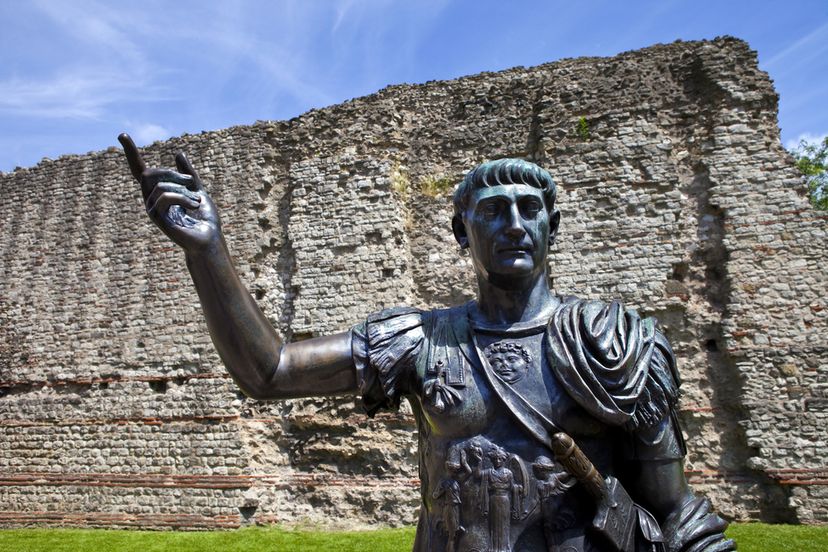
One of the most popular destinations not only in Europe, but worldwide, London England has a wide array of sights and sounds for visitors to take in. London offers travelers a number of great places to visit for free, from parks, to gardens, to museums and much more. London offers a chance to see an astonishing collection of culture from thousands of years of society. Normally thought of as an expensive destination, these sights listed below cost little to nothing to visit and are a great way to take in the culture of the city of London.
Advertisement
10. Covent Garden
Situated in the west of London, the area known as Covent Garden was mostly open fields until the 16th century when it was seized by the British monarchy. When the area was finally developed, it served as a blueprint for modern town planning, as it became a prototype for how new estates would be laid out as London continued to expand.
The area would develop a reputation as a well-known red light district for parts of the 18th and 19th centuries, before being developed and protected as a tourist trap. Visitors to the Covent Garden will find such attractions as: the Royal Opera House, Covent Garden Square, Covent Garden Market, Theatre Royal on Drury Lane, London Transport Museum and St Paul’s Church. Convent Garden is also home to a number of different theaters (13), pubs and bars (more than 60) as well as numerous street performers.
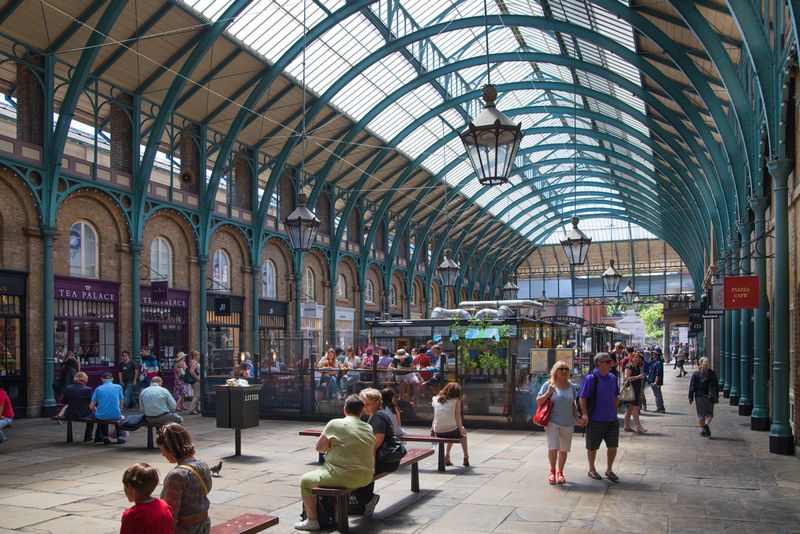
Advertisement
9. Regent’s Park
The 410-acre Regent’s Park is mainly open parkland featuring a wide array of attractions divided between the Outer and Inner Circle’s. Apart from a roadway linking these two areas, the park is entirely for pedestrian traffic. Included inside the park are a number of gardens, a lake catering to a number of different birds and a boating area plus sports pitches and several playgrounds for children.
Visitors from North America might be surprised to see locals playing netball, cricket, rounders, rugby and Australian Rules football on the grounds. The park was supposed to feature prominently during the 2012 Summer Olympics as the host for baseball and softball events; however, both events were dropped from the program that year. The cycling road race (including Paralympics) was also scheduled to pass through Regent’s Park before the route was changed. Regent’s Park is also home to Winfield House, a 12-acre mansion that is the official home of the United States Ambassador to the United Kingdom.

Advertisement
8. National Maritime Museum
Certainly the largest in the United Kingdom, and perhaps the largest museum of its kind, the National Maritime Museum in Greenwich boasts a collection size of more than 2-million objects. The city of Greenwich has long had associations with the sea and navigation, serving as a landing point in ancient times for Romans, the home of Henry VIII and where Charles II would find the Royal Observatory in order to find “the longitude of places”.
Because of its unique pairing with the Royal Observatory, the museum has access to a truly epic collection of cartography, manuscripts, ship models and plans, in conjunction with scientific, navigational, time-keeping and astronomy instruments based at the Royal Observatory. The collections based around important figures such as Admiral Horatio Nelson and Captain James Cook among many others is unparalleled. The museum is also home to the largest historical reference library featuring more than 100,000 books, 20,000 pamphlets and 20,000 bound periodicals. Best of all, admission to the museum, Queens House and Royal Observatory are all free with some charges for special exhibits.
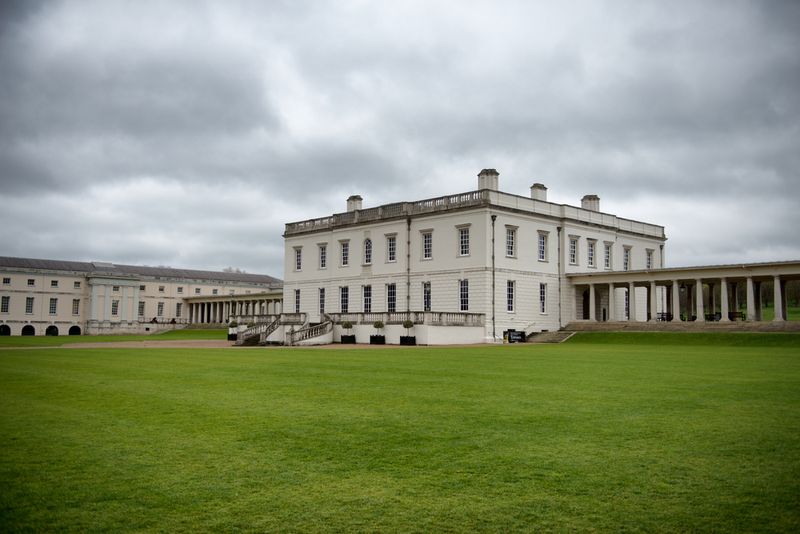
Advertisement
7. Natural History Museum
Established in 1881, the Natural History Museum saw 5.4-million visitors pass through its doors in 2013. The museum features specimens of life and earth comprising more than 80-million items throughout five main collections (botany, entomology, mineralogy, paleontology and zoology). World-renowned for efforts in taxonomy, identification and conservation, the exhibits within the Natural History Museum often are of important historic and scientific value, including specimens collected by Charles Darwin.
With its fame particularly coming from its exhibition of dinosaur skeletons, it should come as no surprise that the central hall of the museum displays a large Diplodocus to greet visitors. In 1986, the museum absorbed the Geological Museum of the British Geological Survey, which is now famous for its exhibits including an active volcano model, and an earthquake machine. Another iconic display is a model of a blue whale built fully to scale, weighing in at 10 tons and measuring 25 meters in length. Admission to this museum is also free of charge except for some of the temporary exhibits.
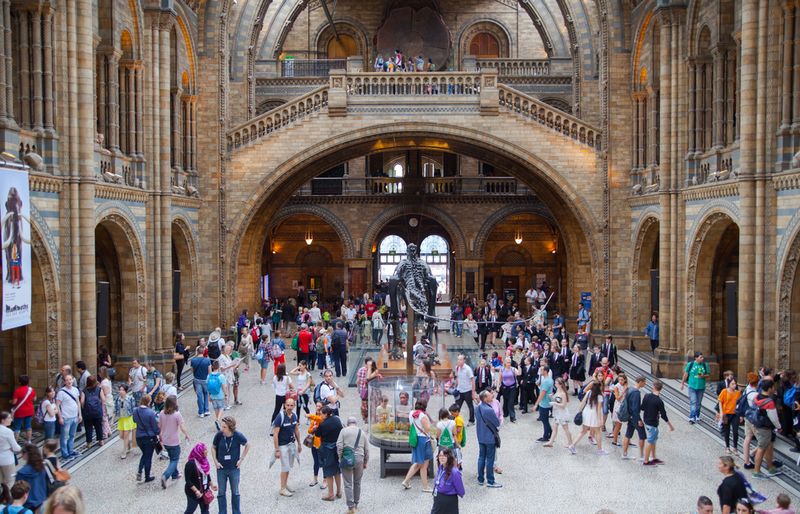
Advertisement
6. Trafalgar Square
Located in central London and built around the area formerly known as Charing Cross, Trafalgar Square was built to commemorate the Battle of Trafalgar, a key British naval victory over French and Spanish forces that took place during the Napoleonic Wars of the 19th century.
At the center of Trafalgar Square is Nelson’s Column, a 170-foot tall Corinthian column topped with a statue of Admiral Horatio Nelson (who was mortally wounded in the battle) guarded by 4 sculpted lions. Trafalgar Square is also home to a number of other statues and monuments, including plinths of George IV, General Sir Charles James Napier and Major-General Sir Henry Havelock. At the conclusion of World War 2, a pair of new fountains was added to Trafalgar Square, with the old fountains being sold to the Canadian government and can now be seen in Ottawa and Winnipeg. The square plays host to a number of large public gatherings from Christmas and New Year events, VE Day celebrations and more.
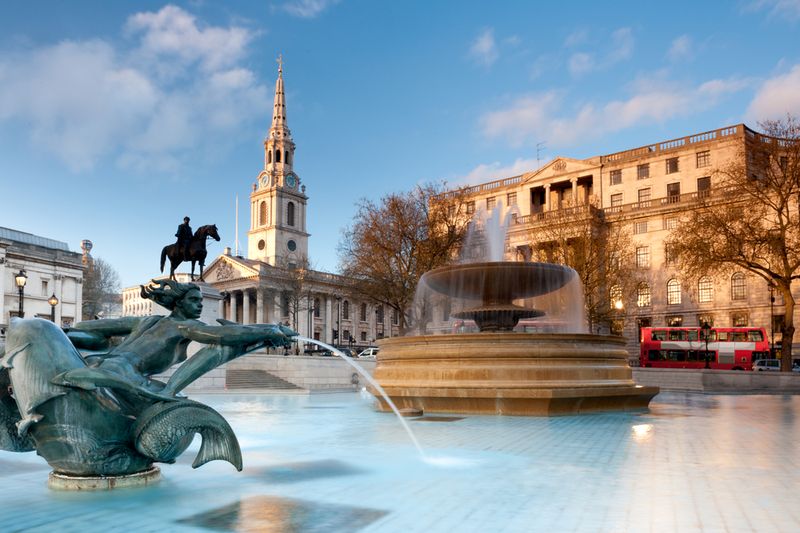
Advertisement
5. Tate Britain /Tate Modern Art Gallery’s
Built on the former site of Millbank Prison, the Tate Britain and Tate Modern Gallery’s officially split into two separate entities in 2000. Following the divide, the old Millbank gallery became dedicated to displaying historical and contemporary British art, thus leading to the creation of the Tate Modern and renaming of the Millbank to the Tate Britain. The Tate Britain is the now the national gallery of British art from 1500 to the present day, and is the most comprehensive collection of its kind in the world.
Some of the more recent artists include David Hockney, Peter Blake and Francis Bacon. The Tate Modern on the other hand, consists of collections of international modern and contemporary art dating from 1900 until now. Exhibits are on display through 7 floors of the Tate Modern, and with some 4.7-million visitors annually, the Tate Modern is the most-visited modern-art gallery in the world. One might expect a hefty price tag for a visit to a famed gallery however admission is actually free except for certain special exhibits.
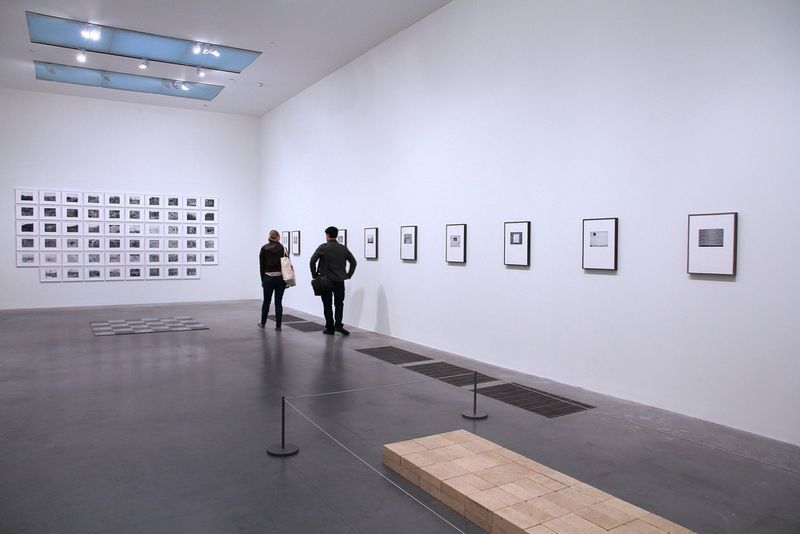
Advertisement
4. The London Wall
Built in the late 2nd or early 3rd century, the London Wall was the defensive wall first built by the Roman Empire around the strategically important port town of Londinum on the River Thames, and the wall continued to be developed by the Romans until the 4th century, marking it as one of the final major building projects taken on by the Romans before their departure from Britain. The wall remained in active use as a fortification fore more than 1,000 years, and served as the defined boundary of the City of London until the latter part of the Middle Ages.
It wasn’t until the late 18th and early 19th centuries that the wall finally underwent major demolition. During World War 2, some of the tallest ruins in bomb-ravaged London were of the wall. Today, some substantial remnants of the wall remain at the Museum of London, in the Barican Estate, around Tower Hill. One of the largest and easiest to access fragments is located just outside Tower Hill tube station and features a replica statue of the Emperor Trajan.
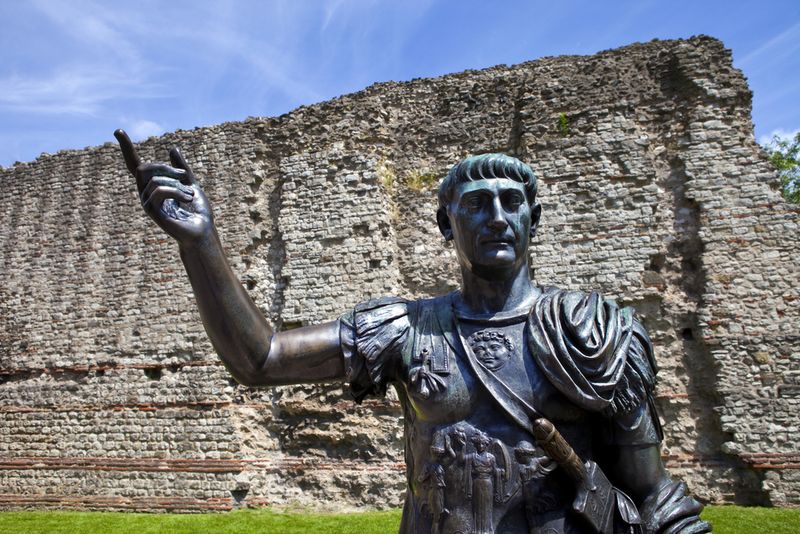
Advertisement
3. British Museum
The British Museum is dedicated to human history and culture. Located in the Bloomsbury area of London, the museum’s permanent collection of some 8-million works is among the largest and most comprehensive in existence. Originating from all continents, the collection aims to document and illustrate the story of human culture from its dawn to its present.
The British Museum first opened to the public in 1759 and was heavily reliant on the impressive collection of physician and scientist Sir Hans Sloane. The museum has undergone a great deal of construction over time largely as a result of the expanding British colonial footprint. In 2013 the museum received its highest ever number of visitors with 6.7-million, a 20% increase over 2012. Featured in the British Museum are the departments of: Ancient Egypt and Sudan, Greece and Rome, the Middle East, Prints and Drawings, Prehistory and Europe, Asia, Africa, Oceania and the Americas, Coins and Medals, Conservation and Scientific Research and Libraries and Archives. As with the other museums on this list, regular admission costs absolutely nothing.
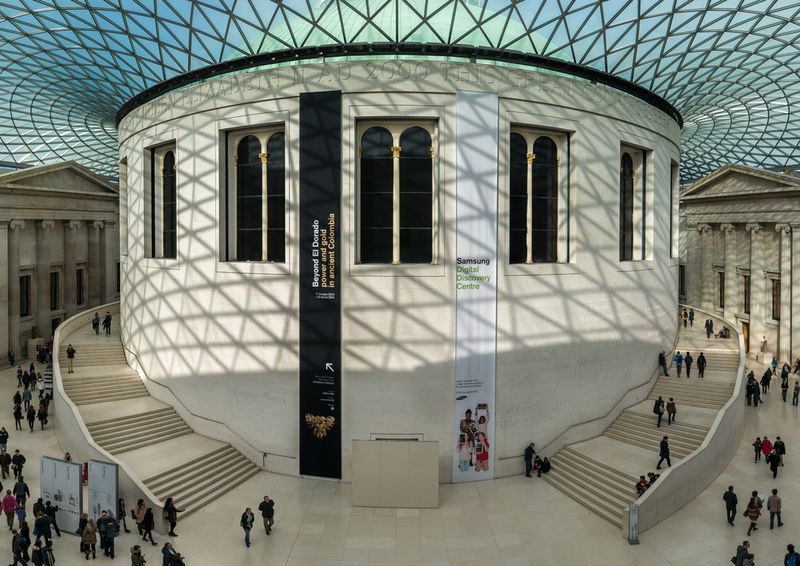
Advertisement
2. Palace of Westminster
The Palace of Westminster (commonly referred to as the House of Parliament) lies on the River Thames in Westminster, central London and takes its name from the neighboring Westminster Abbey. The palace is home to perhaps the most iconic image of Britain, the clock tower known as Big Ben. Officially known as Elizabeth Tower, the structure is one of the world’s most famous tourist attractions.
The clock itself is the second largest four-faced chiming clock in the world, and was completed in 1858. The tower is 315-feet high and is constructed from brickwork with limestone cladding, accompanied by a framed spire made of cast iron. The four dials of the clock look down on visitors from 180-feet above the ground. Despite the popularity of Palace of Westminster and Big Ben, the interior of the tower itself is not open to overseas tourists -touring this tower is a privilege open only to UK residents. However, visitors can still visit the palace and tour parliament or watch committees and debates and do so all for free.
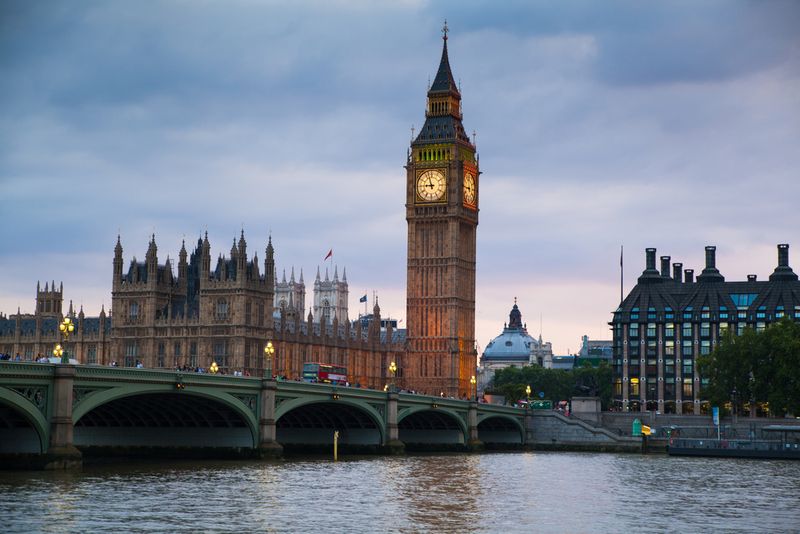
Advertisement
1. Changing of the Guard
A must see for any visitor on a trip to London, the Changing of the Guard is the ceremonial act of sentries providing guard duties at important institutions being relieved by a new batch of sentries. These elaborate and precise displays developed during peacetime in an effort to enhance unit cohesion and effectiveness during the 17th century. The guard changes every day in the Forecourt of Buckingham Palace at 11:30am in the summer, and every other day in the winter.
Spectators with a keen eye will be able to determine whether the Queen is in residence or not by the colors worn by the Queen’s Guard. If the Queen is in Buckingham Palace, the guard will wear the Queen’s color; if she is not it will be the color of the regiment. It is recommended that visitors arrive an hour prior to the ceremony in order to get a good view of the events taking place.
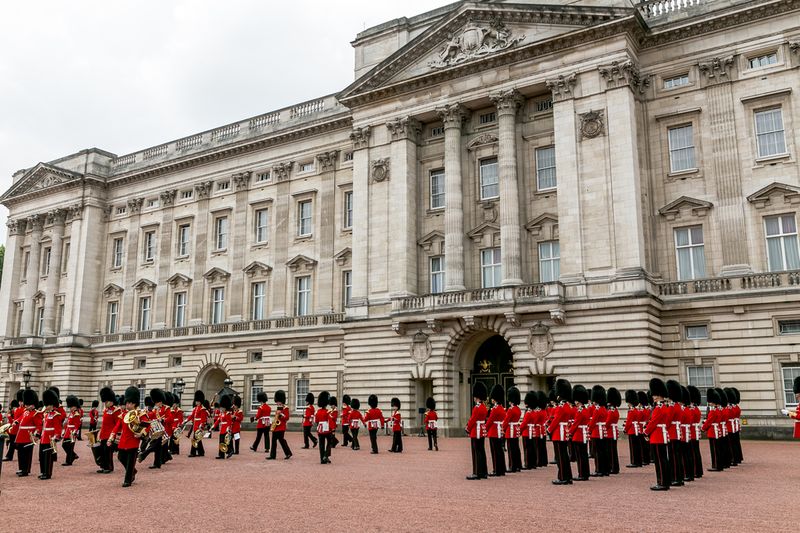
Advertisement